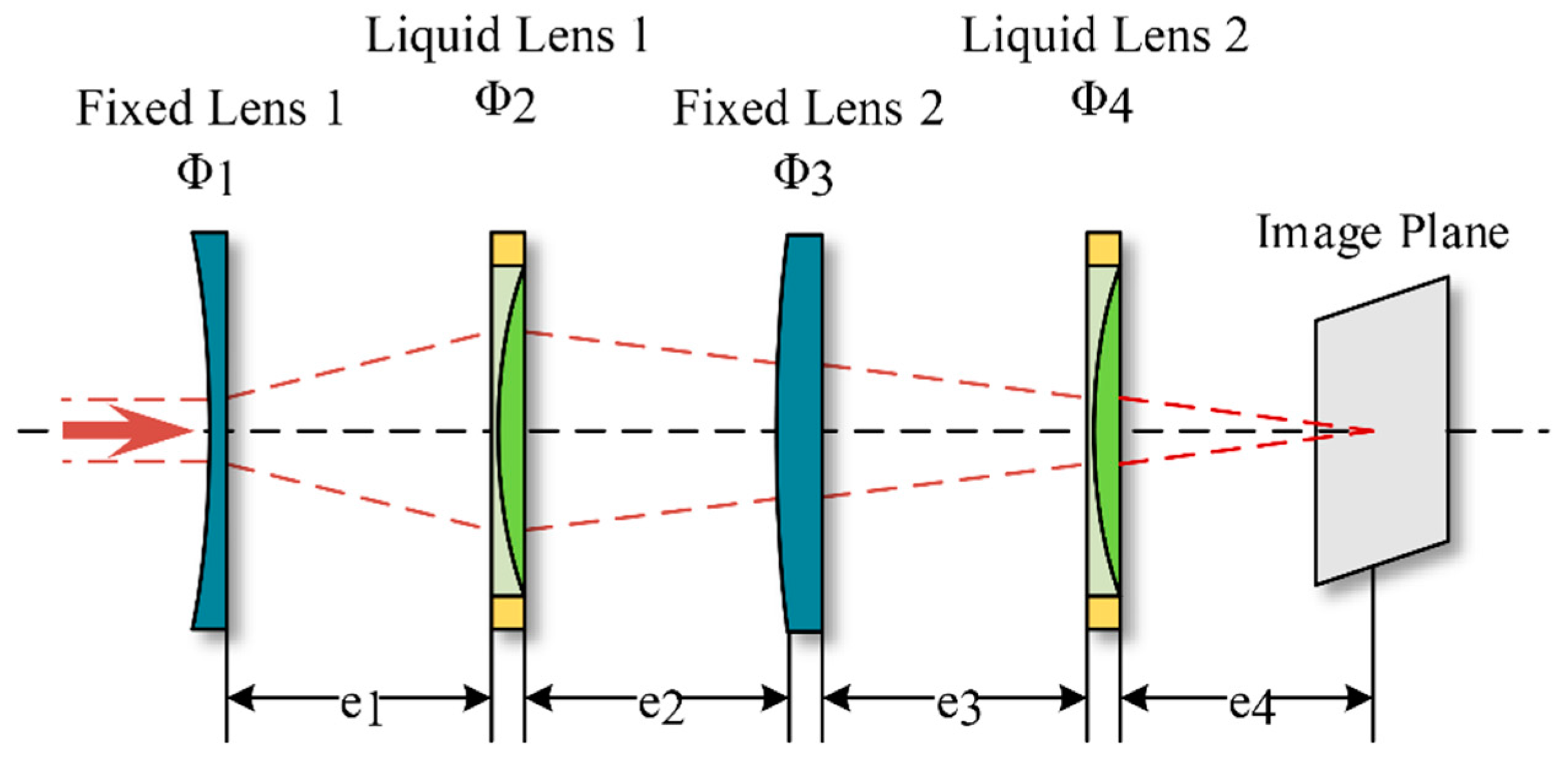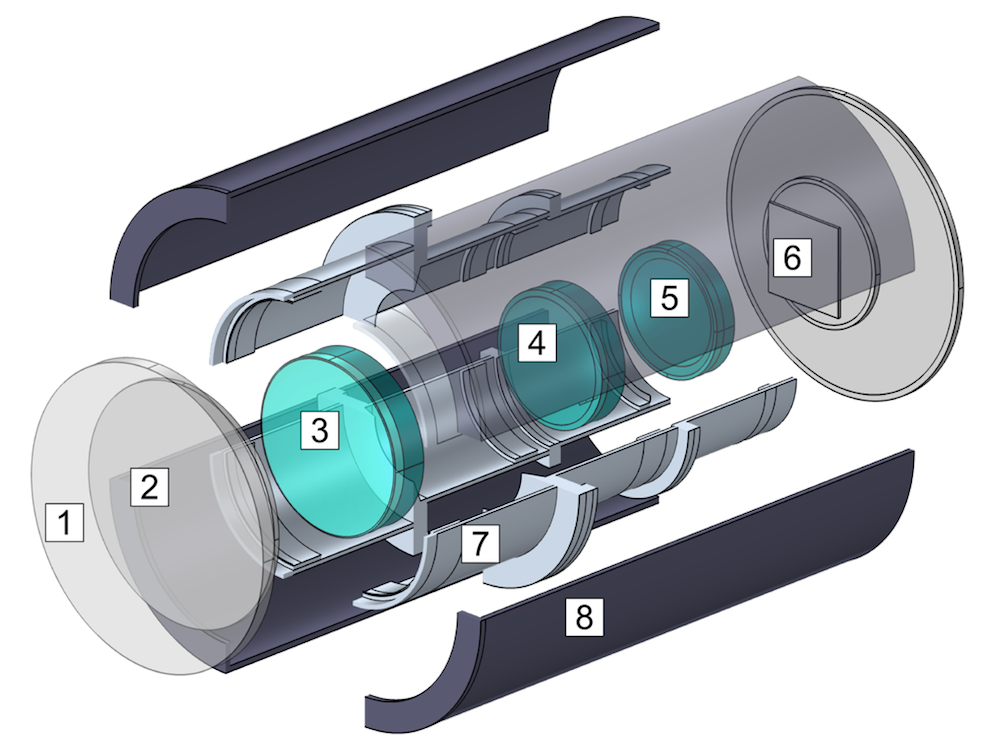

Replacing Skill with Technology (2) Adjusting Processing Conditions Based on Instinct and Technique The processing performance of the new grindstones even surpassed that of specialized grinding tool manufacturers. When this new system was first put into practical use, the product developers adopted glass materials that are easy to process using the new grindstones, thereby expanding the range of product application. During these processing experiments, Olympus also paid attention to the opinions of skilled workers, and finally perfected grindstones that could be applied to production after improving both processing performance and durability. This also greatly reduces the processing time by increasing grinding efficiency.ĭuring this grindstone development, Olympus tirelessly experimented with a large number of methods for compounding abrasives and bonding agents, crushing methods, and other methods in order to arrive at the optimal solutions. Such a grindstone enables a certain level of polishing plates to be constantly produced in dedicated machines without relying on the skill of the operator. Olympus then switched its focus from liquid abrasives to the development of a unique grindstone that is been hardened with bonding. The technician designs the polishing plate based on the lens being processed, and the accuracy of this task directly impacts the precision of the lens surface. This processing phase can take upwards of an hour in some cases. Polishing in particular requires a great deal of skill, and involves polishing the lens on a polishing plate while applying liquid abrasives. Lens processing occurs in three phases, "spherical grinding", "precision grinding" and "polishing". Replacing Skill with Technology (1) Using Liquid Abrasives and Fabricating Polishing Plates

This is why Olympus worked to develop an innovative automatic lens processing system before any other company, thereby enabling the mass production of high-precision lenses.
The system lens manual#
The lens grinding process used to rely upon the manual labor of skilled workers.ĭue to the requirements of both the changing times and businesses, it became evident that simply relying on skill alone would not be sufficient to achieve QCD targets (Quality, Cost, and Delivery). The constant challenge of replacing skill with technology accelerates the evolution and differentiation of technology.


 0 kommentar(er)
0 kommentar(er)
